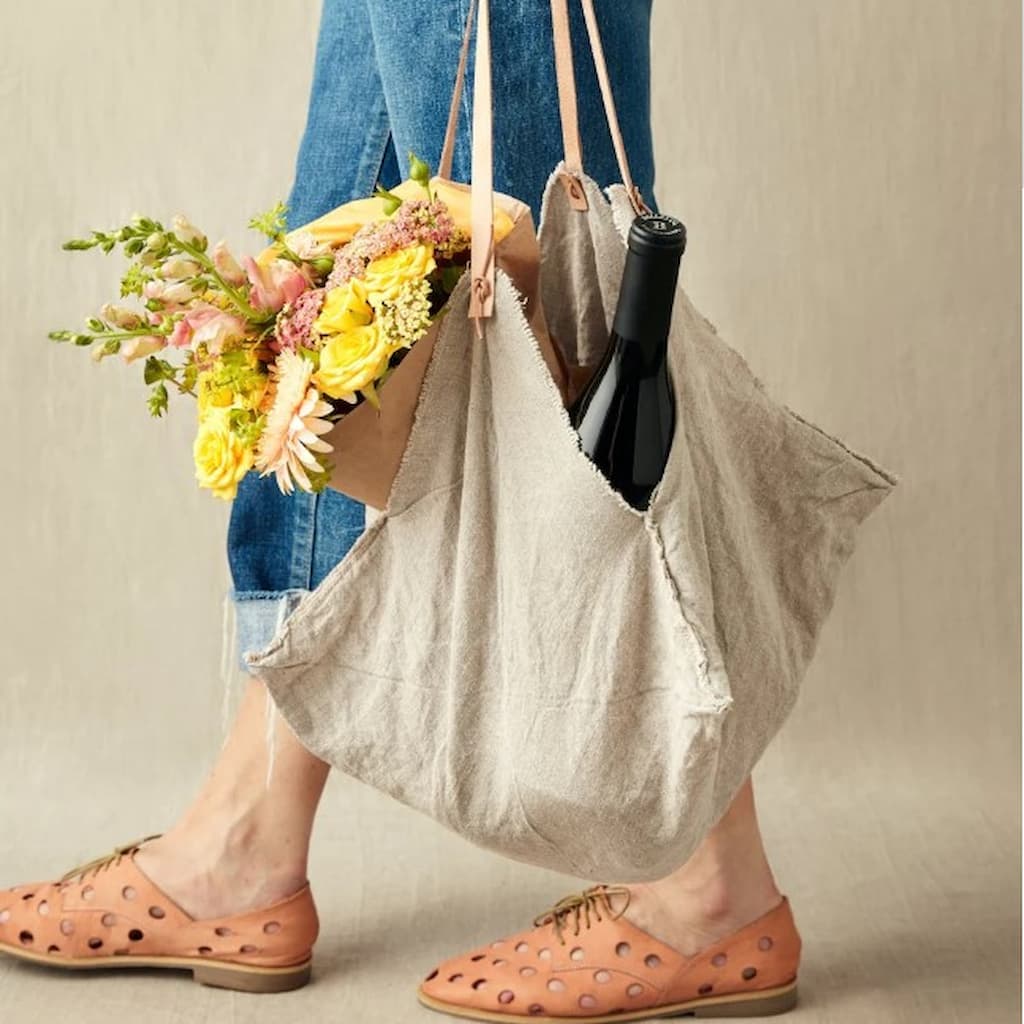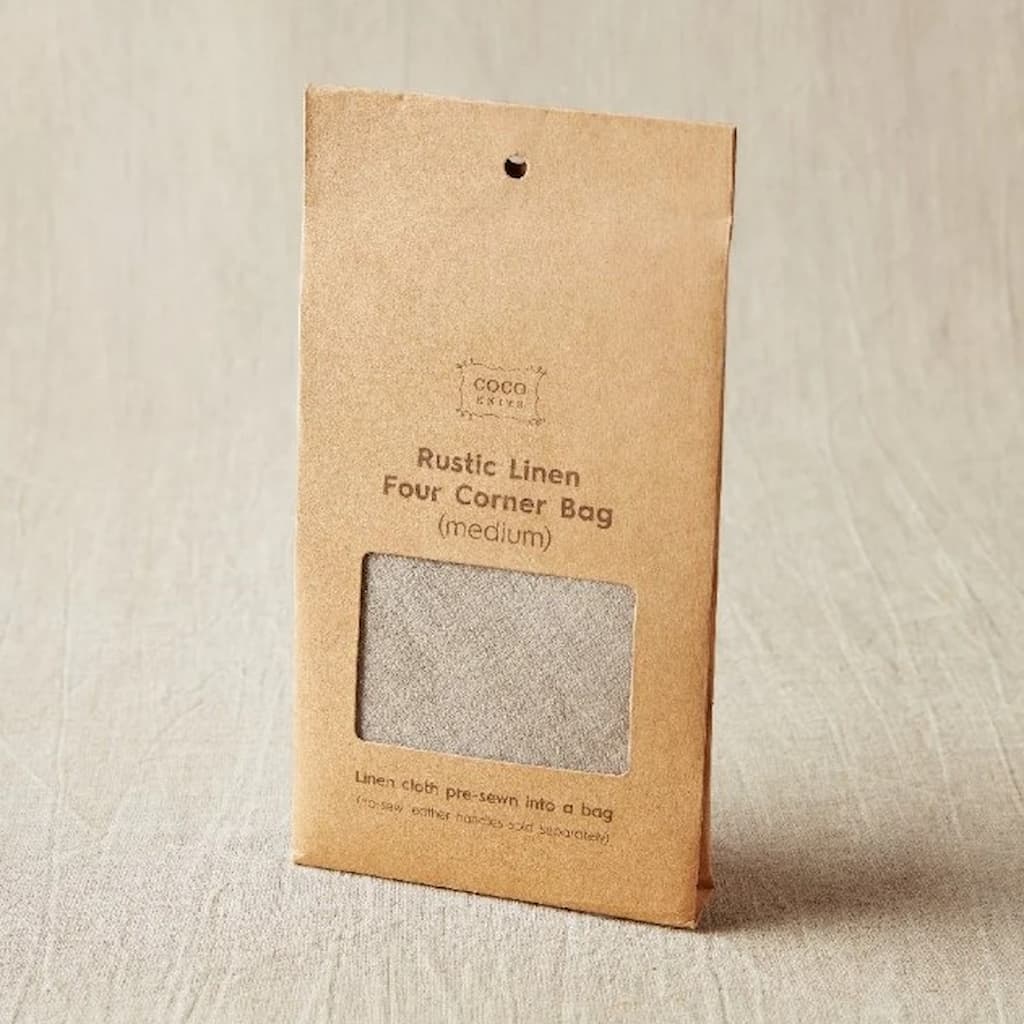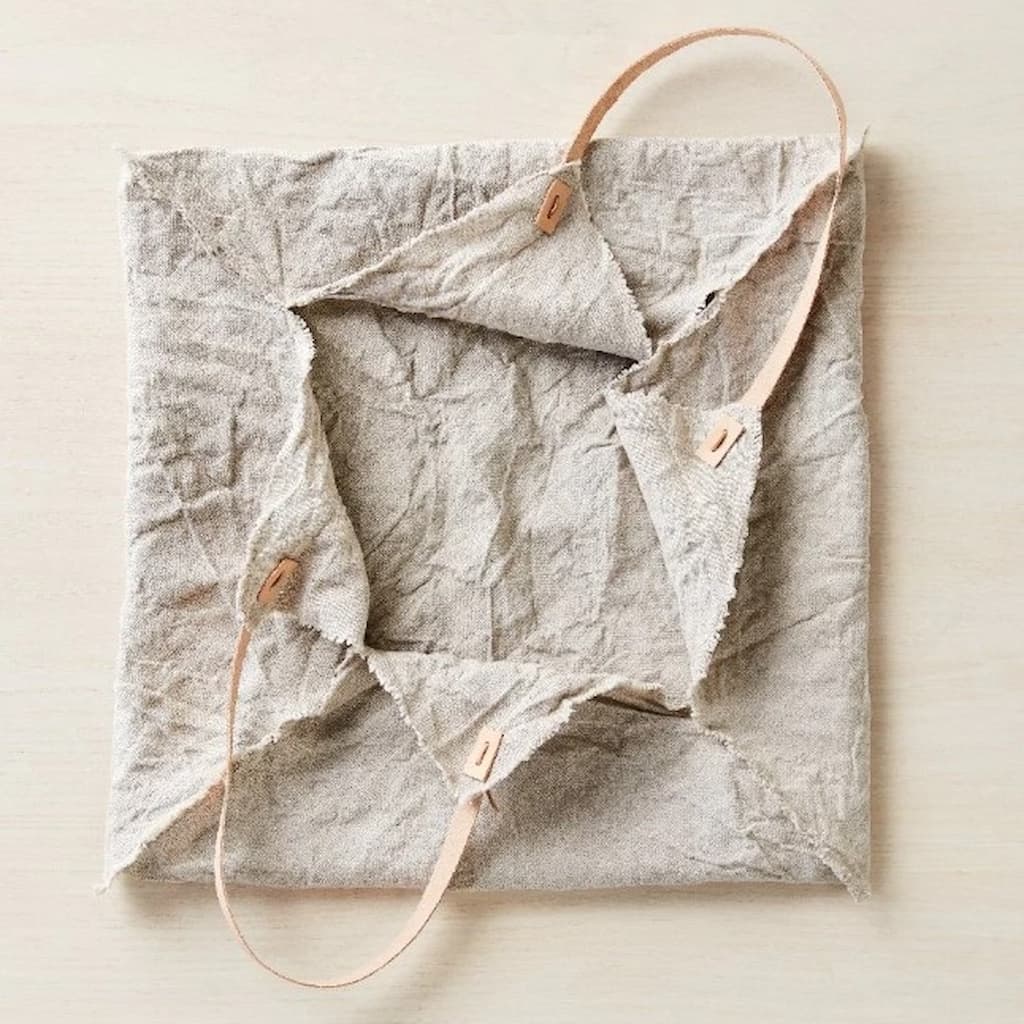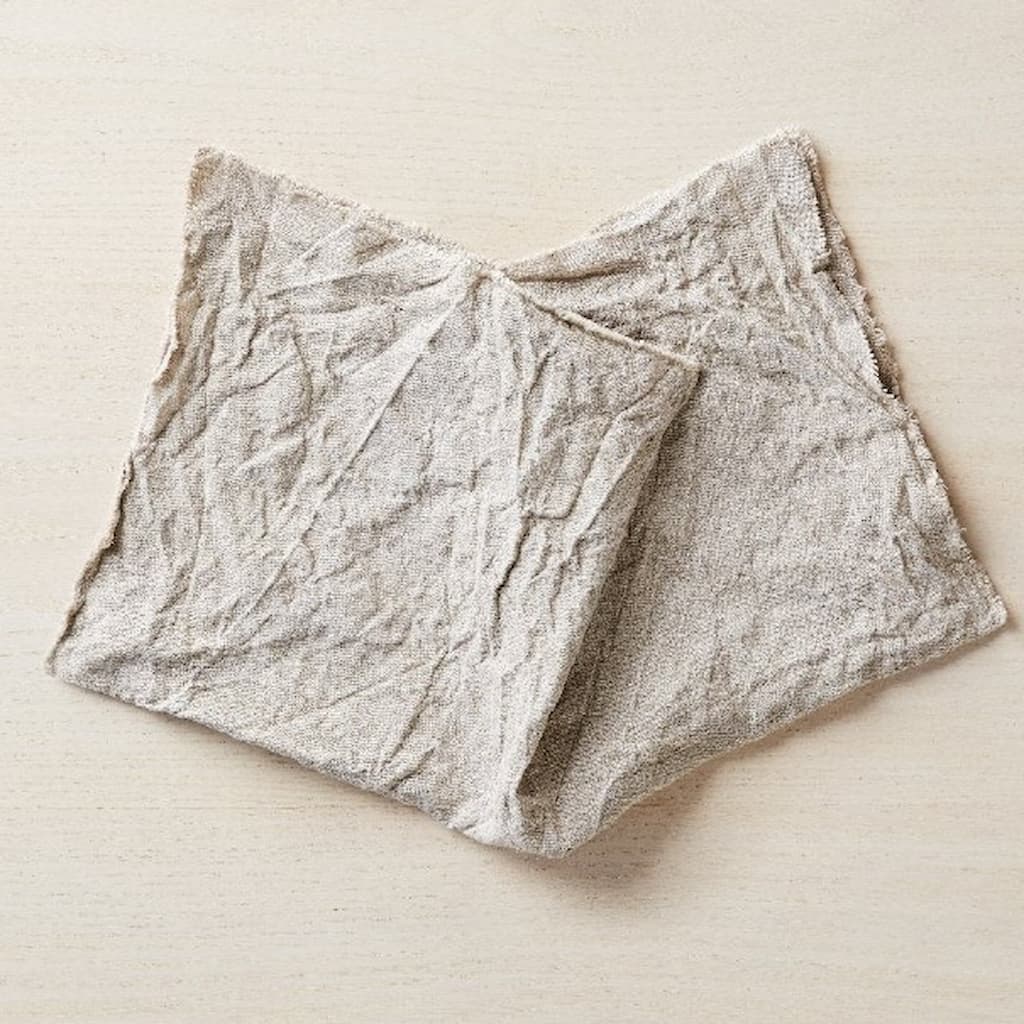Product Details
- Finished size: 16.5" / 42cm square
- Material: 100% linen
Brand:Cocoknits
SKU: SKU: 4CB-MD-10
Couldn't load pickup availability
The bag is constructed with rustic, durable linen and natural, vegetable-tanned leather handles that are removable so the bag can be washed. The pattern for the bag comes with the handles so you can either sew your own, or buy the Cocoknits ready-made one. Either way, instructions are included for tying on the leather handles so when you spill wine, coffee or anything on your bag, no problem! Remove the handles, wash the bag, and reattach!
*Handles sold separately.*
Handles sold separately.



